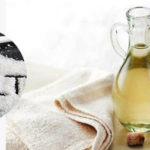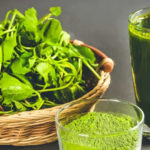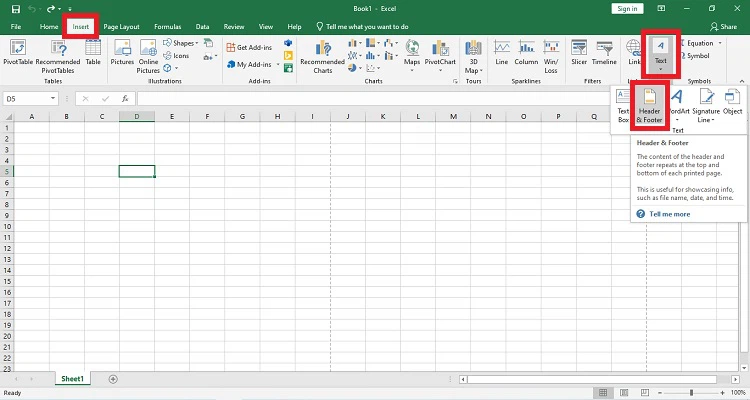1 Refined Salt
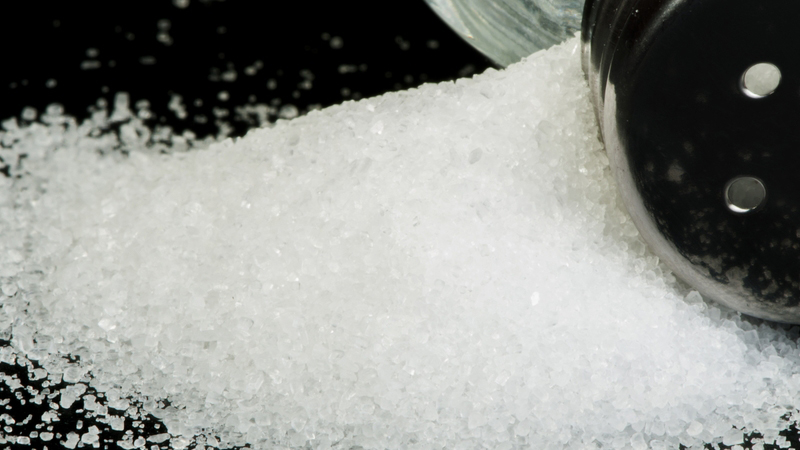
Refined salt, also known as table salt, consists of small, cube-shaped crystals. Due to its high solubility, it is commonly used. However, it is significantly saltier than regular salt, with four to five times the sodium content. Refined salt is particularly useful in baking, as it preserves the structure of baked goods and makes them more translucent.
2 Culinary Salt
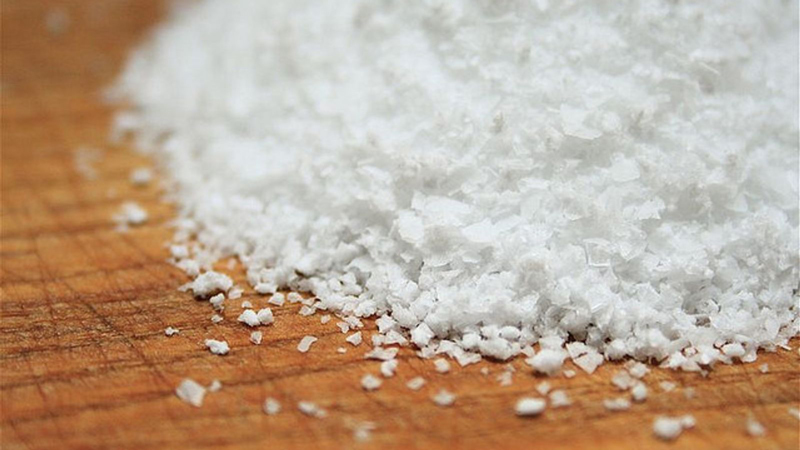
Culinary salt, designed for cooking, has a slender, elongated shape and is larger than refined salt. Professional chefs worldwide favor this salt for its moderate salinity and ease of seasoning. This salt is ideal for marinating white meats like chicken and pork. However, to ensure adequate mineral intake, it is recommended to mix culinary salt with refined salt.
3 Fine Sea Salt
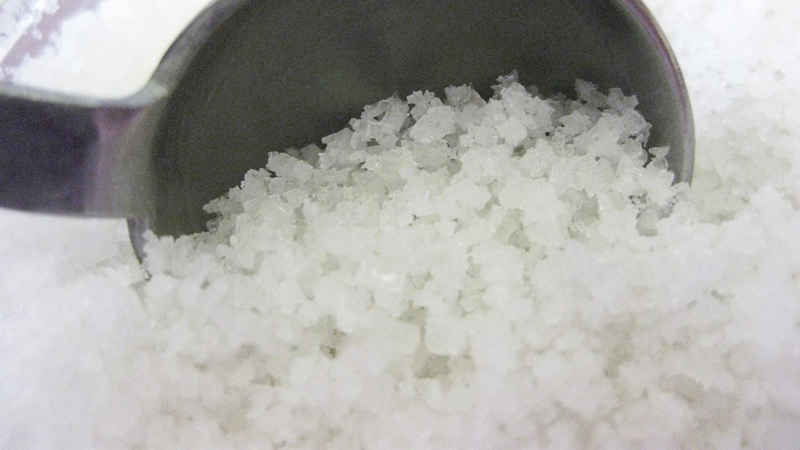
Fine sea salt has no defined shape and consists of small granules produced directly from seawater. Consequently, it has a higher mineral content than the previously mentioned salts. This salt is perfect for marinating red meats such as beef, as well as fish and shrimp. Sea salt also serves as an excellent skin exfoliant, but remember to limit exfoliation to once a week.
4 Coarse Sea Salt
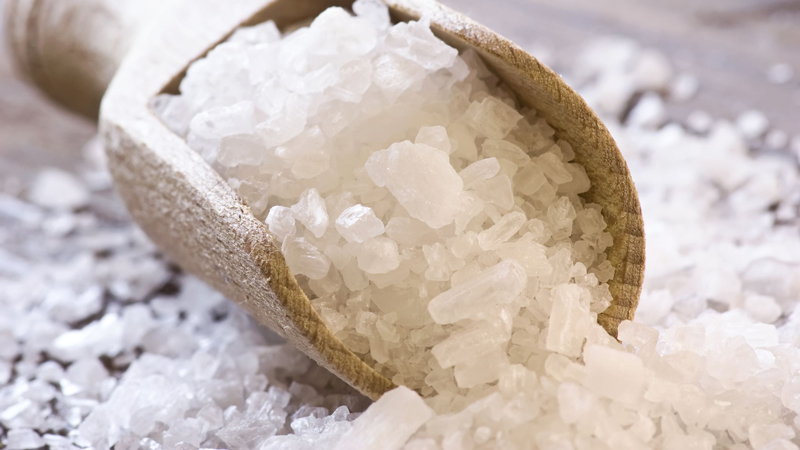
Coarse sea salt is another variety of sea salt, but with larger crystals and bigger granules. It is commonly used to clean and preserve fish, effectively reducing the fishy odor when rubbed on meat or fish. Additionally, a warm foot soak with coarse sea salt is a popular way to relax and soothe sore, overworked feet.
Aside from these four types of salt, there are also specialty salts like Himalayan pink salt, which is another edible variety.
We hope that with this guide, you can now choose the right salt for your cooking and personal care needs, benefiting both yourself and your loved ones.



























